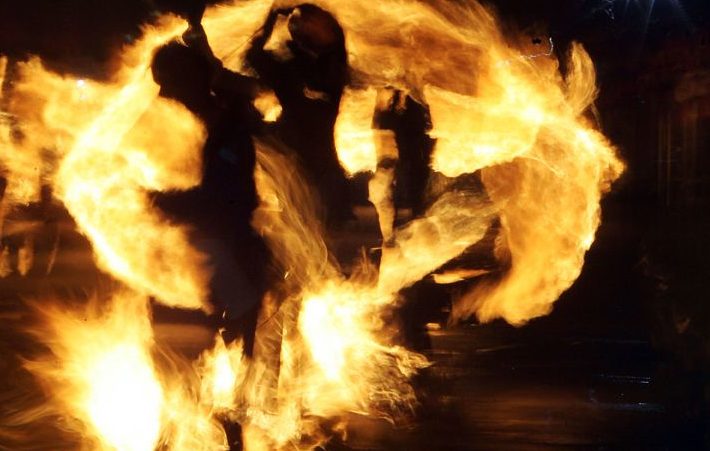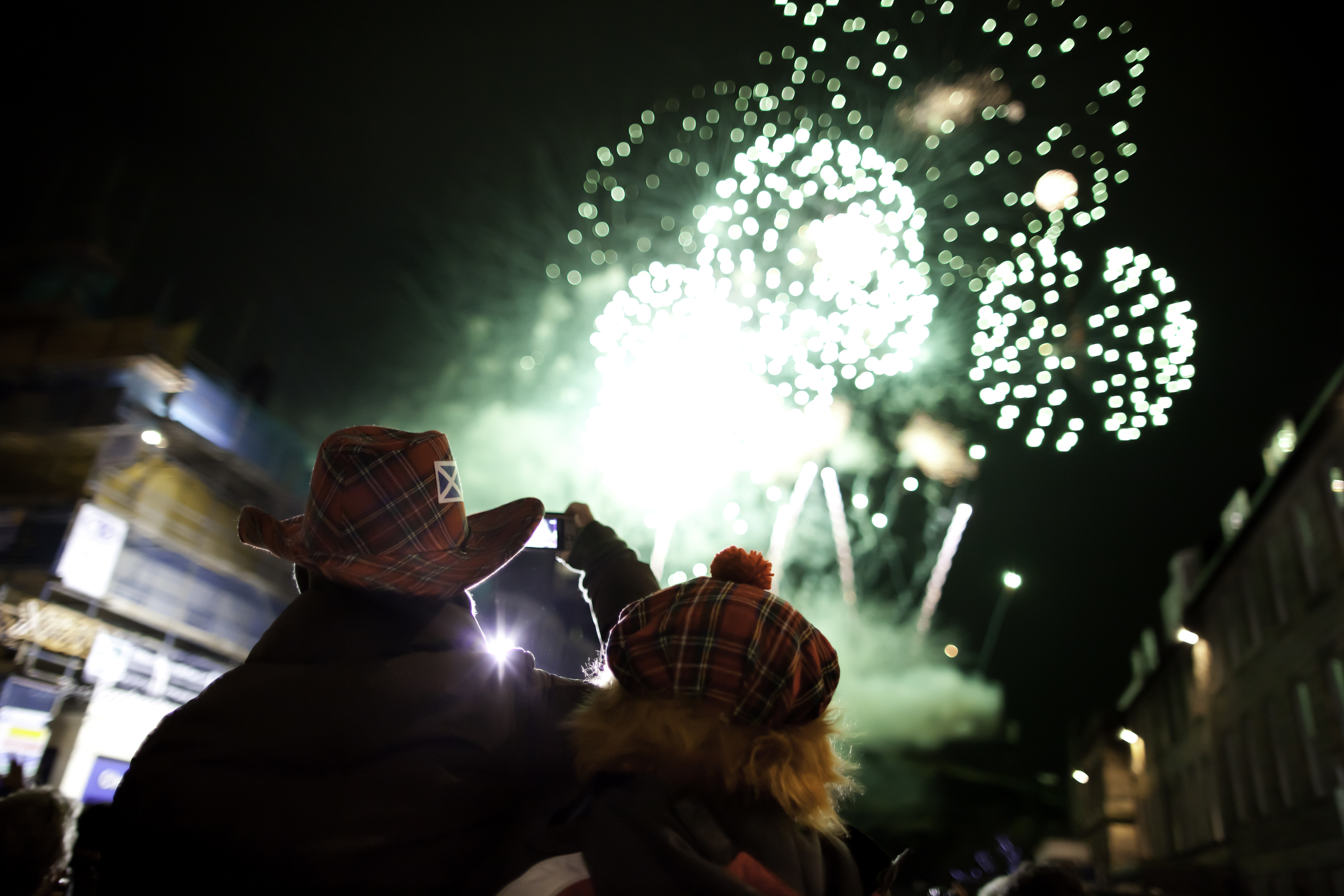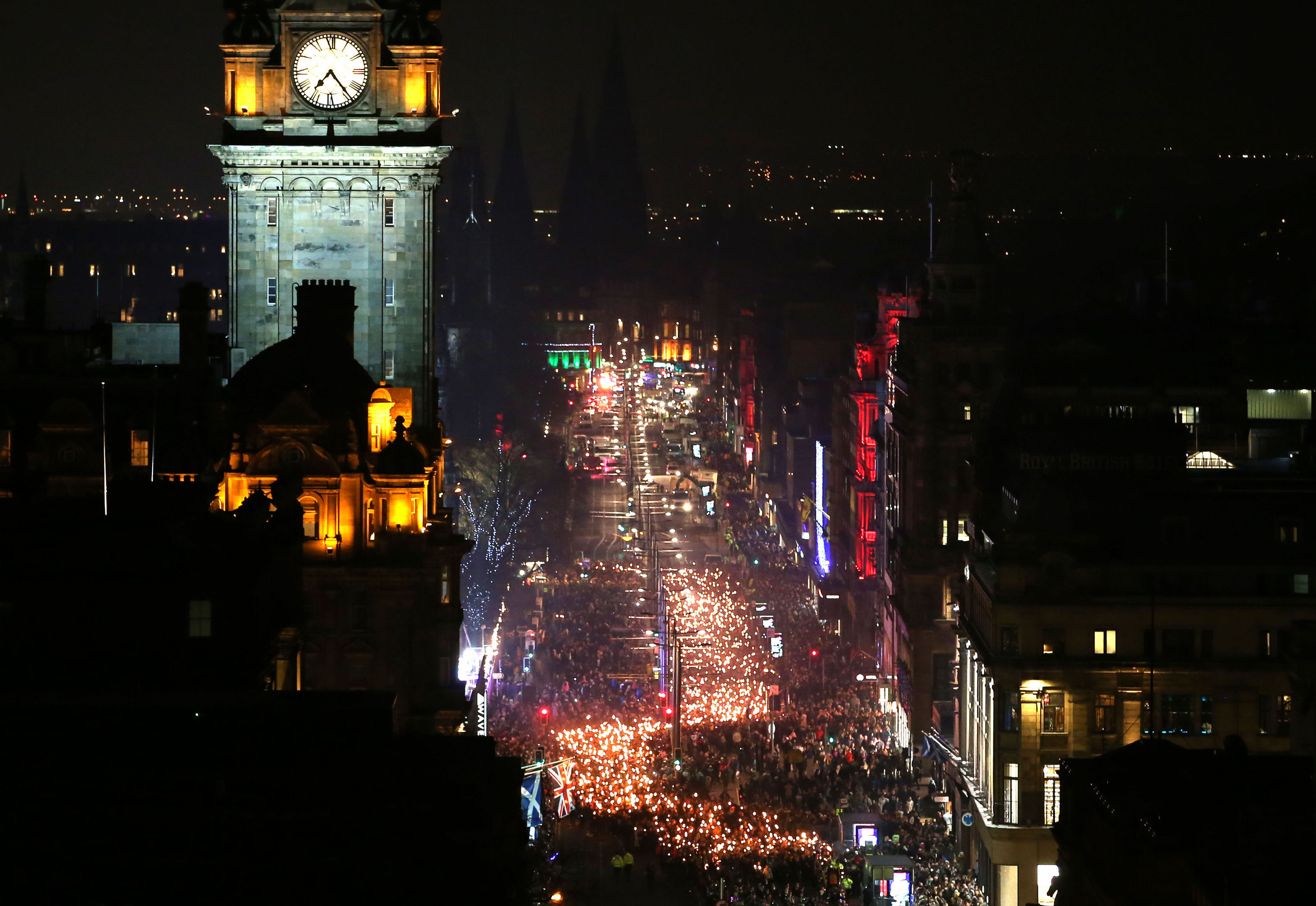
We may be biased, but we think there’s really only one small country in the world who celebrate Hogmanay with such gusto, revelry and passion.
The Scots are renowned as the best bringers-in of the bells, but what are the real origins of Hogmanay’s special place in our hearts, and where do all the traditions we still enjoy today come from?
Historians believe that Hogmanay celebrations were elevated in importance after the banning of Christmas by the Scottish Presbyterian Church in the 16th and 17th centuries, who believed it was more a Catholic feast and celebration.
Christmas was therefore essentially banned in Scotland for the best part of 400 years until the 1950s, not being recognised as a public holiday until 1958.
But, the impulse to exchange gifts, to celebrate the year’s end and banish the dark winter months with light was still a pull the Scots felt strongly. So right up until the 1950s, many would work over Christmas and celebrate at new year with whisky, bonfires and loved ones in a nation-wide party that came to be known as Hogmanay.
And, alongside the celebrations, street festivals and entertainment we’ve come to do so well, many Scots still practice rituals and traditions that go back for hundreds – maybe thousands – of years.
From kissing and holding hands at the stroke of midnight, to swinging balls of fire throughout the streets in Stonehaven, we take a look at some of the most wonderful Scottish Hogmanay traditions.
First-Footing
After the stroke of midnight, neighbours and friends go to each others’ homes bearing traditional gifts of whisky, or coal. The first person or ‘foot’ to enter the house after midnight is believed to bring good or bad luck – the luckiest of all being a tall, dark and handsome man. The most unlucky to cross the threshold first is said to be a red-haired woman. The tradition also exists in forms in Sweden, but it is a blonde person who is said to bring the best luck.
Cleaning/Redding the house
Older generations may remember the intense cleaning of the house in time for Hogmanay, and especially the sweeping out of the ashes from the fire. Ashes were also read, the way that some read tea leaves, and after the big cleanup, someone would go from room to room carrying a smoking juniper branch to discourage evil spirits and chase away disease.
Fireworks and fire displays
It’s thought that the fire displays and fireworks we now associate so heavily with Hogmanay and midnight were brought to Scotland by Vikings during our pagan past.
One of the most spectacular and impressive fire ceremonies takes place in Aberdeenshire’s Stonehaven. Giant fireballs are swung on long metal poles by men who parade them up and down the town’s High Street. The origin of this festival is believed to be linked to the Winter Solstice, with the swinging fireballs signifying the sun and purifying the world of evil spirits.
Jumping in the icy cold waters by Loony Dook
This tradition is slightly more modern in its origins. Dating to 1986, the new years day ‘dook’ or jumping into the icy water of Firth of Forth was originally conceived as a way to rid hangovers for those who had done a little too much celebrating the night before. ‘Loony’ is short for lunatic, which people are believed to be if they enter the water.
Auld Lang Syne
Immediately after midnight it is traditional to sing Robert Burns’ famous song, “Auld Lang Syne,” meaning “for old time’s sake.” His song, written in the 18th century, is now famous all over the world and has been used in much popular culture. It’s still likely you’ll find many a Scot singing this song in pubs, ceilidhs and in their homes on Hogmanay, often linking arms, sharing a hug and dancing while they do so.

Enjoy the convenience of having The Sunday Post delivered as a digital ePaper straight to your smartphone, tablet or computer.
Subscribe for only £5.49 a month and enjoy all the benefits of the printed paper as a digital replica.
Subscribe
